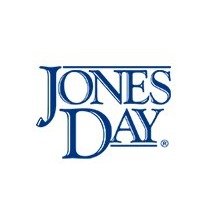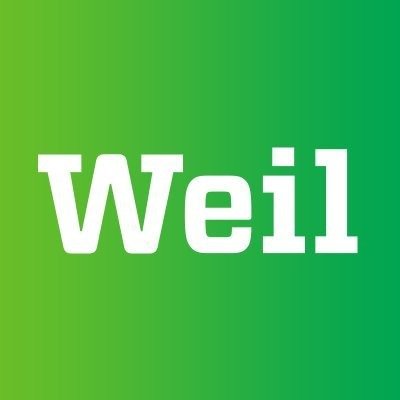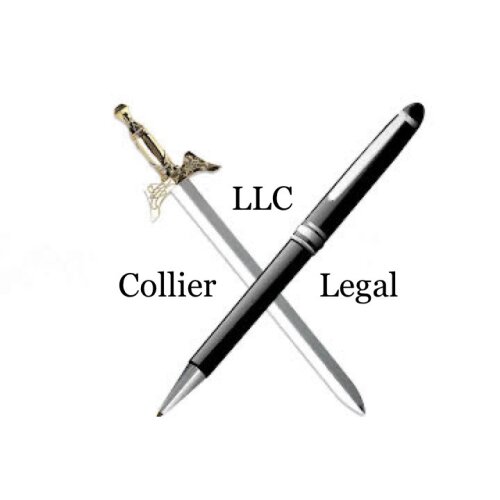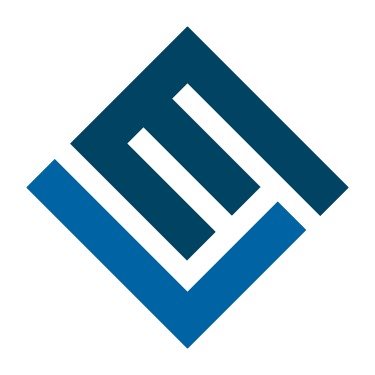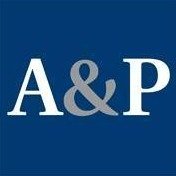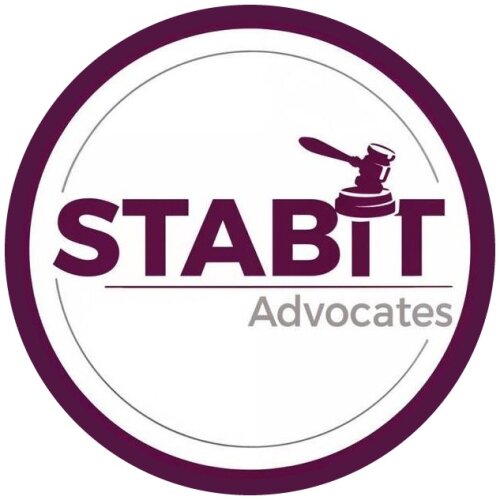Best Patent Lawyers in New York City
Share your needs with us, get contacted by law firms.
Free. Takes 2 min.
List of the best lawyers in New York City, United States
1. About Patent Law in New York City, United States
Patent law in the United States is a federal system. A patent, once granted by the United States Patent and Trademark Office (USPTO), gives the owner exclusive rights to stop others from making, using, selling, or importing the invention in the United States for a limited period.
In New York City, inventors and businesses frequently engage in patent work because the city hosts many startups, universities, hospitals, and manufacturing firms. Although the legal framework is federal, local factors matter, including court venues for enforcement and the availability of NYC-based patent counsel. The most common path begins with an application filed at the USPTO and, if needed, may lead to patent litigation in federal courts located in or around Manhattan.
Patent law covers several areas, including utility patents for new processes or machines, design patents for ornamental features, and plant patents for new plant varieties. The process includes drafting a clear set of claims, interacting with examiners, responding to office actions, and, if granted, maintaining and enforcing the patent rights over time.
Key players in NYC include patent attorneys, patent agents, licensing professionals, and in-house counsel at tech firms. Practitioners frequently coordinate with engineers and inventors to translate technical ideas into precise patent claims that withstand scrutiny at the USPTO and in court.
Patents grant inventors exclusive rights to their inventions in the United States for a limited time. These rights are awarded only after a formal examination process by the USPTO.
For formal guidance on the patent process, you can consult the USPTO Patents Basics resources. These materials explain how to file a patent application, what to expect during examination, and the post-grant landscape.
USPTO Patents BasicsThe America Invents Act introduced major changes to U.S. patent law, including first-to-file and post-grant proceedings.
The Act reshaped how patents are challenged and defended. See official summaries and explanations of the Act for details on filing dates, post-grant procedures, and transitional provisions.
Congress.gov - Leahy-Smith America Invents Act (S. 23) SummaryIn New York City, most patent disputes are filed in federal court venues such as the Southern District of New York (SDNY). The city’s dense commerce, technology sectors, and proximity to major courts make NYC a hub for patent litigation and related licensing activities.
Southern District of New York - Official Site2. Why You May Need a Lawyer
Patent matters in New York City are often complex and time sensitive. A lawyer can help you avoid costly mistakes and maximize your protection or recovery. Below are concrete NYC-relevant scenarios where legal guidance is essential.
- Filing a non-provisional patent for a software invention in a NYC startup - Your attorney helps draft robust claims, navigate scope, and respond to USPTO office actions to avoid rejection due to vague language or prior art gaps.
- Defending against a patent infringement suit in SDNY - A NYC-based company may face litigation in federal court; an attorney can manage discovery, claim construction, and potential settlements or trials.
- Pursuing post-grant review or inter partes review (IPR) after a NYC product launch - If a competitor challenges your patent, a lawyer guides the IPR process to preserve enforceability or validity of your claims.
- Negotiating a cross-licensing deal with a Manhattan tech firm - An attorney helps draft license terms, royalty structures, and non-compete considerations while protecting your patent rights.
- Continuing a patent prosecution after a long delay or international filing - A local attorney coordinates with foreign counsel, aligns claims with U.S. requirements, and manages deadlines and fees.
- Dealing with trade secret and patent overlap in a NYC laboratory environment - Legal counsel clarifies the boundaries between trade secrets, know-how, and patent protection to prevent inadvertent disclosures.
3. Local Laws Overview
Patent matters in NYC are governed by several key laws and regulations at the federal and state levels, plus professional conduct rules for attorneys practicing in New York. Here are the primary statutory and regulatory touchstones to be aware of.
- 35 U.S.C. et seq. - Patent Act - The federal law that defines what can be patented, how patents are granted, and the rights conferred by a patent. This is the core framework for all patent activity in New York City.
- Leahy-Smith America Invents Act (AIA) - Pub. L. 112-29 - Enacted in 2011, the AIA introduced major reforms including first-to-file priority, post-grant proceedings such as IPR, and new appeal pathways. See official summaries for detailed timelines and transitional provisions.
- 37 C.F.R. Part 1 - Practice for the Patent Application Process - USPTO regulations governing how to prepare, file, and prosecute patent applications. This includes rules for specification, claims, drawings, and amendments during examination.
In addition to these, New York practitioners must comply with the New York Rules of Professional Conduct when practicing in the state. These rules govern attorney advertising, fee arrangements, conflicts of interest, and general professional conduct. For more information, consult New York State and NYC professional conduct resources.
4. Frequently Asked Questions
What is a patent and what does it protect?
A patent gives you exclusionary rights on your invention in the United States for a limited period. It prevents others from making or selling your invention without permission. A patent does not grant business profits or unlimited monopoly; enforcement requires diligence and strategic licensing.
How do I know if my invention is patentable?
Patentability requires novelty, non-obviousness, and usefulness for a useful process, machine, or composition. A patentability search can identify prior art that might block patent grant. A qualified attorney can guide you through the assessment.
When should I hire a NYC patent attorney?
Hire early in the process, preferably before filing a provisional or non-provisional application. Early counsel helps draft robust claims and reduces the risk of office action rejections later.
Where should I file my patent application?
In most cases, the application is filed with the USPTO. Manhattan-area applicants often work with counsel who coordinate filings and responses. Your attorney will manage deadlines, amendments, and continuations.
Why choose a NYC patent attorney rather than a non-local attorney?
Local counsel understands regional courts, local practice standards, and NYC-based industry norms. They coordinate with local experts, technical advisors, and potential co-counsel for trials or hearings.
How much does a patent attorney cost in New York City?
Costs vary with complexity, but typical NYC ranges include initial consultation fees, drafting and filing, and prosecution costs. A simple utility patent may cost several thousand dollars in attorney fees plus USPTO fees; complex cases are higher.
Do I need a local attorney to file with the USPTO?
No, but local counsel can improve collaboration with team members and help manage post-grant challenges, litigation, and licensing within NYC and SDNY.
How long does the patent process take in practice?
Average prosecution times vary. A basic utility patent often takes 2 to 4 years from filing to grant, depending on office actions and applicant responses. Delays can occur due to prior art and examiner backlogs.
What is the difference between a provisional and non-provisional patent application?
A provisional application establishes an early filing date with fewer formal requirements. A non-provisional application, filed later, begins the formal examination process for grant consideration.
Can I represent myself in USPTO proceedings?
You may represent yourself in USPTO proceedings, but professional patent counsel typically yields better outcomes. Pro se representation can be risky in complex filings or IPRs.
What happens if someone challenges my patent in NYC?
When a challenge occurs, you may respond through litigation in SDNY or pursue post-grant reviews at the USPTO. A skilled attorney helps strategize termination, licensing, or defense options.
Is NYC a common venue for patent litigation?
Yes. New York City hosts frequent patent litigation given its business density and proximity to major federal courts in SDNY. A local attorney can manage discovery and trial logistics effectively.
Do I need to consider international patent protection?
International protection requires separate filings in each country or regional offices. An NYC attorney can coordinate with foreign associates to align strategy and timing with U.S. filings.
5. Additional Resources
These organizations and government bodies provide authoritative information on patent law and procedures relevant to New York City residents.
- United States Patent and Trademark Office (USPTO) - Official federal agency for patent examination, filing, and post-grant proceedings (IPR, PGR). USPTO Patents
- U.S. Congress - Leahy-Smith America Invents Act (AIA) Summary - Legislative history and overview of major patent reform changes. Congress.gov
- Southern District of New York (SDNY) - Federal court handling many patent lawsuits in New York City. SDNY Official Site
6. Next Steps
- Define your objective Identify whether you want to seek patent protection, enforce rights, or defend against a claim. Be specific about your invention, market, and timeline.
- Gather key documents Compile technical descriptions, drawings, prototype data, and prior art. Include inventorship details and any prior licensing agreements.
- Research local counsel options Look for NYC-based patent attorneys or solicitors with relevant industry experience. Read client reviews and confirm bar status.
- Schedule initial consultations Conduct at least 2-3 in-person or virtual meetings to compare strategies and fee structures. Clarify what is included in fees.
- Ask for a written engagement letter Obtain a clear scope of work, milestones, and approximate costs. Include estimated timelines for filing and responses.
- Develop a filing plan Decide between provisional vs non-provisional filing, international strategy, and potential continuation or division filings if appropriate.
- Create a project timeline Map filing deadlines, office actions, and potential litigation milestones with your attorney. Use calendar reminders for due dates.
Lawzana helps you find the best lawyers and law firms in New York City through a curated and pre-screened list of qualified legal professionals. Our platform offers rankings and detailed profiles of attorneys and law firms, allowing you to compare based on practice areas, including Patent, experience, and client feedback.
Each profile includes a description of the firm's areas of practice, client reviews, team members and partners, year of establishment, spoken languages, office locations, contact information, social media presence, and any published articles or resources. Most firms on our platform speak English and are experienced in both local and international legal matters.
Get a quote from top-rated law firms in New York City, United States — quickly, securely, and without unnecessary hassle.
Disclaimer:
The information provided on this page is for general informational purposes only and does not constitute legal advice. While we strive to ensure the accuracy and relevance of the content, legal information may change over time, and interpretations of the law can vary. You should always consult with a qualified legal professional for advice specific to your situation.
We disclaim all liability for actions taken or not taken based on the content of this page. If you believe any information is incorrect or outdated, please contact us, and we will review and update it where appropriate.




